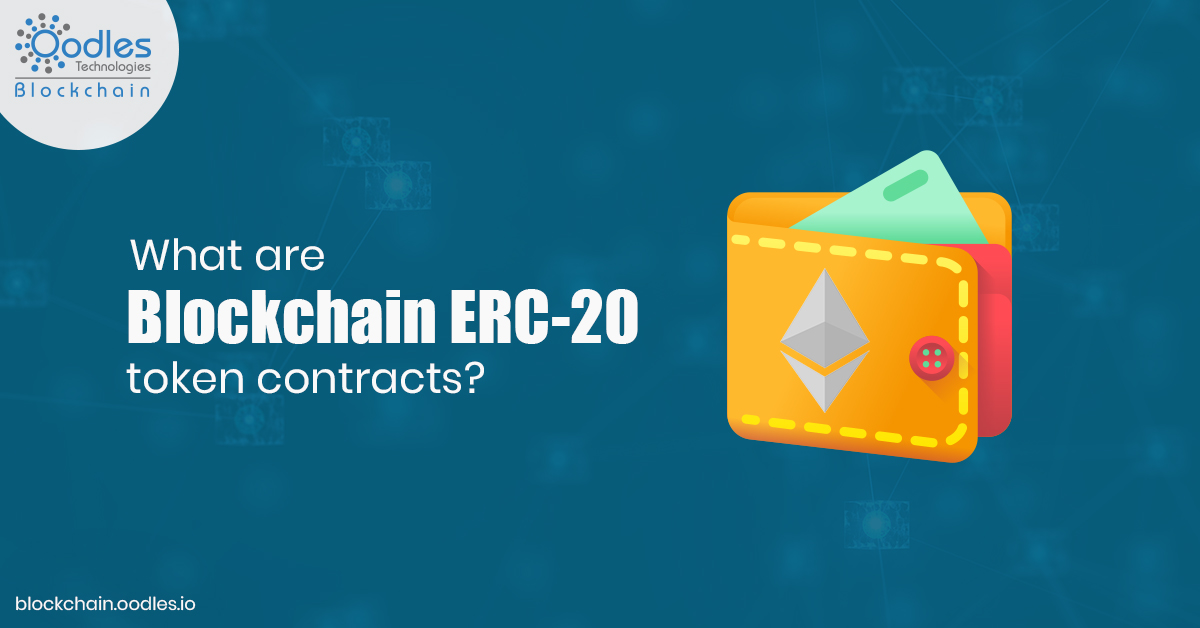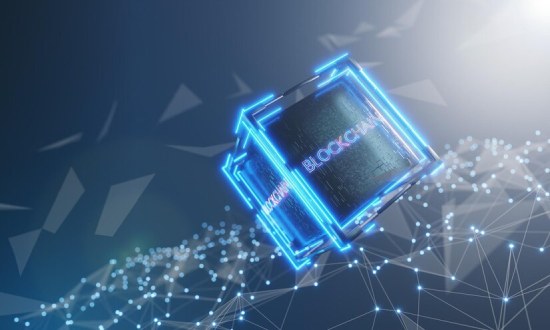-
silyThis article gives insight into ERC-20 token contracts, how they are a key component of Ethereum blockchain application development and more. First, let us understand about Ethereum blockchain.
Ethereum
According to Coin Market Cap, Ethereum stands at the second spot in terms of price and market capitalization.
Ethereum is also a blockchain technology-based platform.
Ether is the native cryptocurrency on the Ethereum network. However, users can also trade other crypto tokens on the network.
These tokens refer to digital assets that represent physical assets as well. In other words, crypto tokens are similar to smart contracts that leverage the Ethereum blockchain.
The Ethereum network is quite synonymous with smart contracts and standardized tokens also known as ERC-20 token contracts.
Suggested Read | Assessing the Advantages of Ethereum Blockchain Solutions for Enterprises
Understanding Token Contracts
Before getting into ERC-20 token contracts, it's important to understand token contracts first. In a nutshell, these token contracts are smart contracts that contain account addresses and the balances in those accounts.
Essentially, the balance in smart contracts represents the value often set by the creator of the contract. So, the unit of the balance in the contract is what we know as a token.
For achieving transparency and accountability in transactions, the token contract automatically updates the balances of the two accounts involved after every token transfer.
It's vital to note that contracts can change the supply of tokens. Thus, you can increase tokens by minting new ones or decrease them by burning the current token. Burning existing tokens requires sending them to an unknown private key, often known as the Zero address.
Also, Check | Adoption Value of Smart Contracts for Enterprises
Knowing ERC-20 Token Contracts
Known as Ethereum-based tokens, ERC-20 token contracts are created using the ERC-30 standard protocol. One common example of a protocol is HTTP (Hypertext Transfer Protocol). Yet most people don't have an idea that it's the protocol used to power the internet.
Likewise, ERC-20 states the commands that a token must implement. It is a simple specification that requires a token to follow. So, a token developed on the ERC-20 standard qualifies to be called an ERC-20 token.
It's the ERC standards' key functions that ensure trading a token on exchanges. Some of these functions consist of balance inquiry for an individual address, monitoring the whole supply of the tokens, and sending the tokens from one address to another.
Thus, it becomes easy to add the tokens to an exchange platform. However, before the development of the ERC-20 protocol, most tokens were developed using different functions. Consequently, to trade two tokens, it was required that the traders familiarize themselves with the intricacies of each token involved.
But, when developing an exchange platform, on which users can easily trade these tokens, would involve major complexities. Essentially, the key role of the ERC-20 protocol is to bring more uniformity, lower the risk in developing tokens, and enhance the liquidity of tokens.
Check It Out | ERC-20 Token Standard | Development Essentials
ERC-20 Functions
The functions incorporated in ERC-20 tokens include checking the balances of accounts and verifying and sending cryptos from one address to another. The 'transfer' option enables one to send tokens from one address to another.
Moreover, the receiver does not confirm any checks. It means that token senders must perform their due diligence to verify the correctness of details. It is important to know that when dealing with smart contracts, the 'transfer' function cannot suffice itself.
Hence, the 'approve ' function comes to the fore.
For instance, person A executes a contract on a blockchain network. The contract requires the execution of five tokens. Person B wants to get into the contract and has 20 tokens in his address. In this case, approval and transferring would require to be used jointly.
First, person B would provide his address approval to enable the transfer of 5 tokens to A's address. It's called the allowance. After the allowance, person B can transfer the tokens to A and get into the contract to execute it.
The 'balance of' function enables one to see the balance of an individual address. Anybody can view the balance of any particular address as a blockchain is a distributed public ledger. However, it's not possible to know the owner's details the address since blockchain doesn't store personal information.
Also, Read | Ethereum: The Platform That Brings Blockchain Into The Mainstream
The Bottom Line
ERC-20 standard has helped in eradicating a host of intricacies and risks in token development. Nonetheless, ERC-20 has its flaws and that's why the ERC-223 proposal offers other functions that can enhance the ERC-20 protocol. However, ERC-223 is incompatible with ERC-20, meaning blockchain developers will need to keep on using the latter.
Need assistance in developing and issuing smart contracts on the Ethereum blockchain? Contact our blockchain developers to start your project.

Our Offices
INDIA
Emaar Digital Greens, Sector 61,
Gurugram, Haryana
122011.
Welldone Tech Park,
Sector 48, Sohna road,
Gurugram, Haryana
122018.














